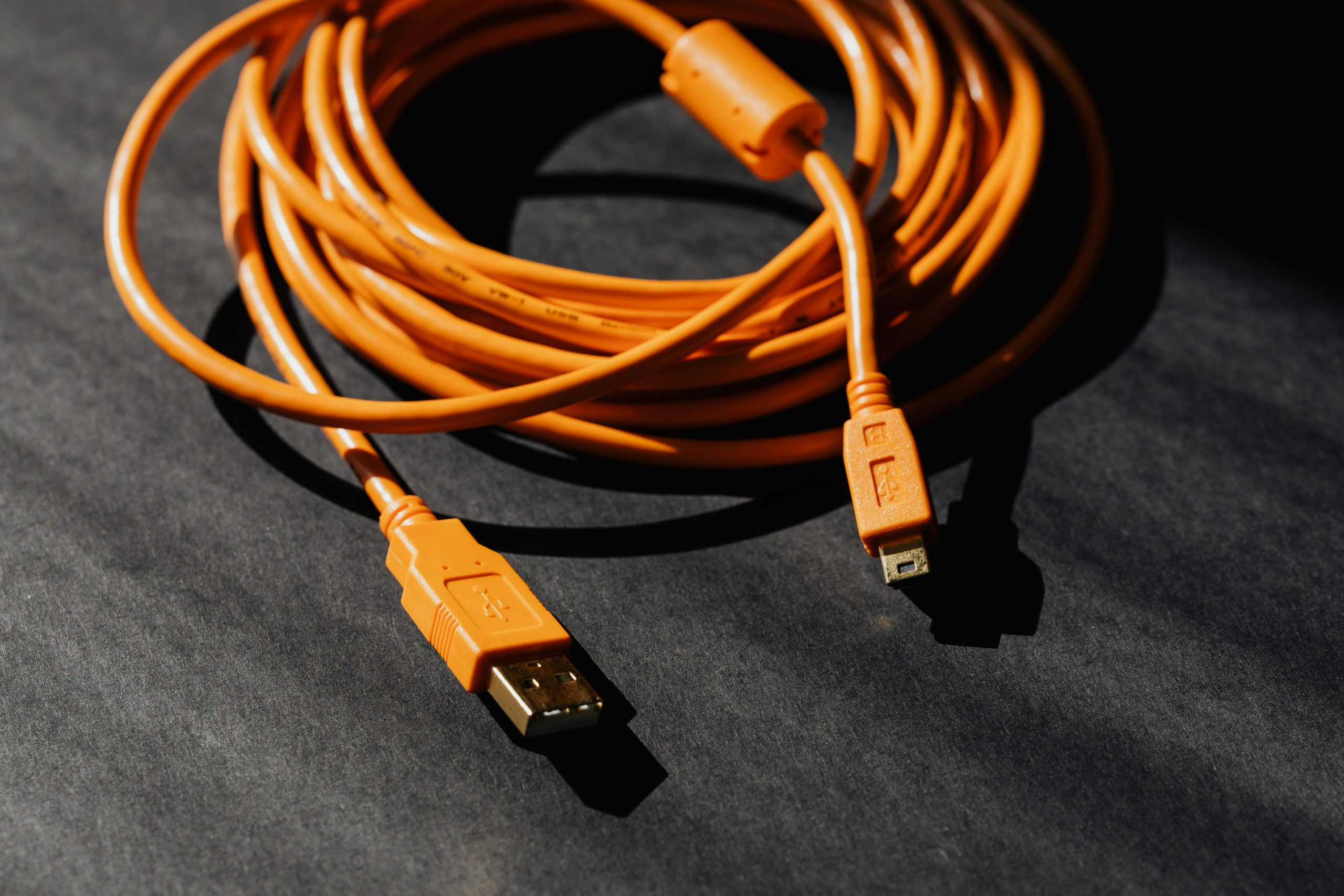Introduction:
Java, a versatile and widely used programming language, offers a robust and flexible I/O (Input/Output) framework that allows developers to efficiently handle data streams. The java.io package, a fundamental part of the Java API, provides a set of classes and interfaces for performing I/O operations.
Understanding the Basics of Java I/O:
At the core of Java I/O lies the concept of streams, which represent a flow of data. Streams are classified into two types: input streams for reading data, and output streams for writing data. The java.io package introduces a hierarchy of classes and interfaces to facilitate these operations.
- InputStream and OutputStream:

The InputStream and OutputStream are abstract classes serving as the foundation for various I/O operations. Developers can create concrete implementations of these classes to read from and write to different sources.
- Readers and Writers:

Building upon the stream concept, the Reader and Writer classes are designed specifically for handling character-based data. These classes are equipped with methods for reading and writing characters, providing a higher-level abstraction for working with textual information.

Working with File I/O:
The File class, another integral part of the java.io package, enables interaction with the file system. Developers can use this class to create, delete, and manipulate files and directories. Combining File with input and output streams allows for seamless file I/O operations.
- FileInputStream and FileOutputStream:
For reading and writing raw binary data from and to files, the FileInputStream and FileOutputStream classes come into play. These classes offer efficient methods for handling byte-oriented I/O operations, making them essential for tasks like reading images or writing binary files.
- FileReader and FileWriter:
When dealing with text files, the FileReader and FileWriter classes provide a convenient way to read and write character-based data. These classes automatically handle character encoding, simplifying the process for developers.
Buffered I/O for Improved Performance:
The BufferedInputStream, BufferedOutputStream, BufferedReader, and BufferedWriter classes add buffering capabilities to the I/O operations, enhancing performance by reducing the number of interactions with the underlying system.

Exception Handling in Java I/O:
I/O operations inherently involve external factors, such as file availability or network connectivity. Therefore, proper exception handling is crucial. The IOException class and its subclasses are designed to handle exceptional conditions, ensuring robust and reliable I/O code.

Conclusion:
The java.io package is a cornerstone of Java programming, offering a versatile and comprehensive set of tools for handling input and output operations. Whether dealing with files, streams, or characters, the classes and interfaces provided by java.io empower developers to build efficient and reliable applications. As Java continues to evolve, newer I/O-related APIs, like java.nio, complement and extend the capabilities of the original java.io package, further enhancing the language’s ability to meet the diverse needs of modern software development.






